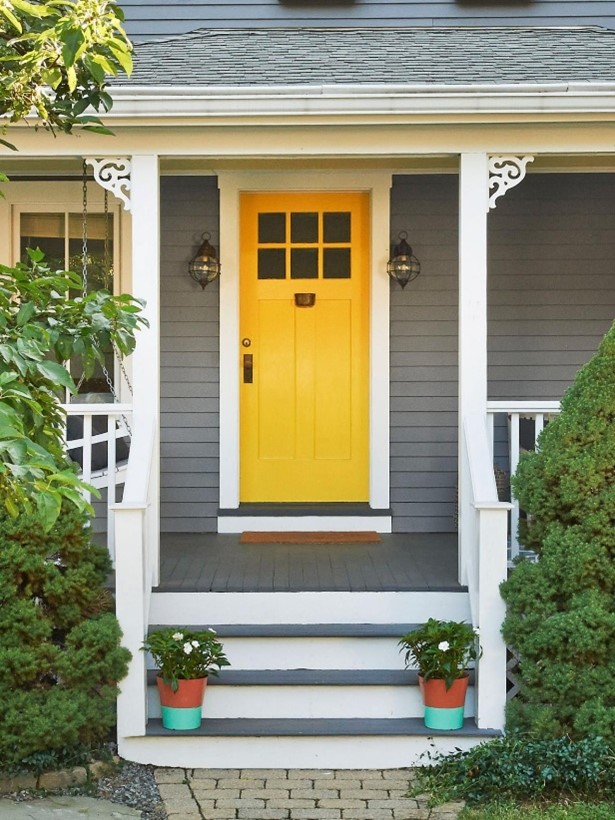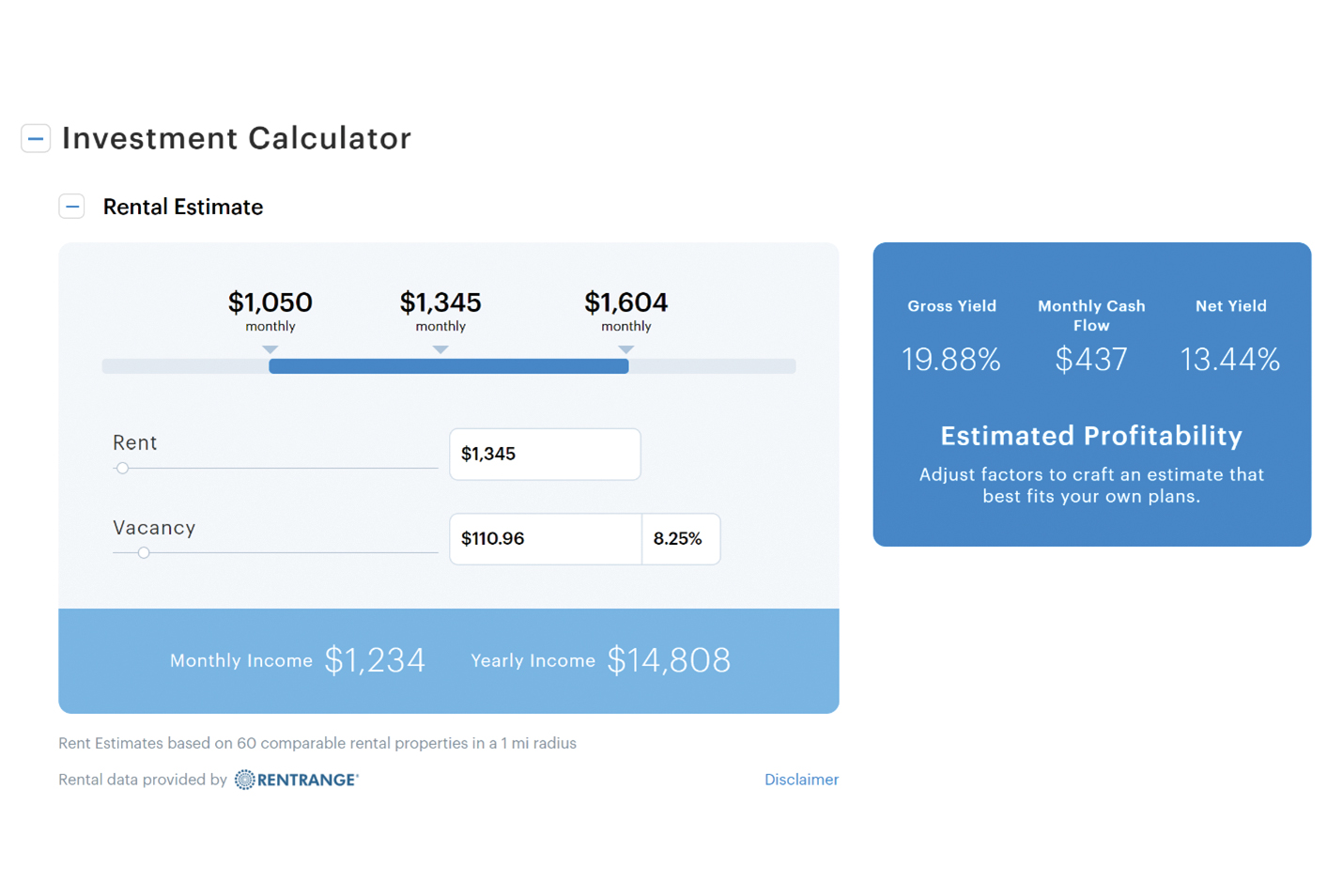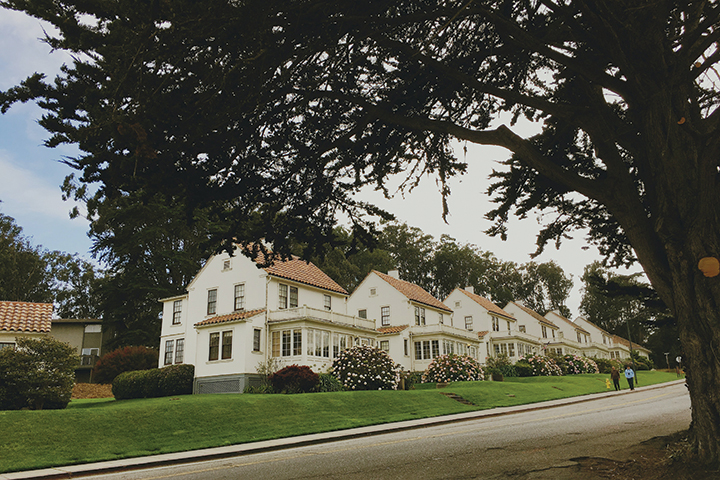Are High Prices and Low Inventory Changing the SFR Market?
by Rebecca Smith It is fair to say that never has a New Year been so anticipated or so welcomed. 2020 was unprecedented and challenging for almost everyone. The coronavirus threatened the health of millions of people and economies around the world. In our industry, the market for single family rentals (SFR) was buffeted by changing preferences and grim market realities. That did not put a halt on activity. On
Read More











